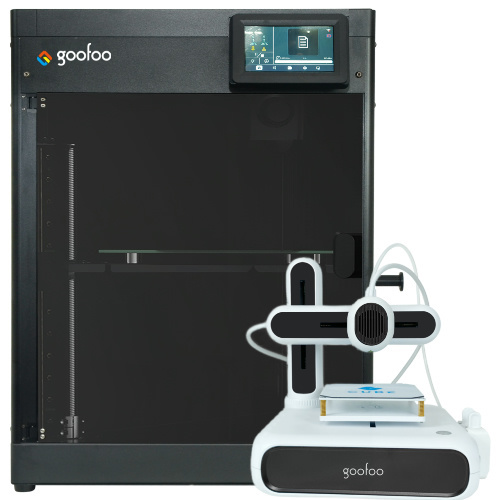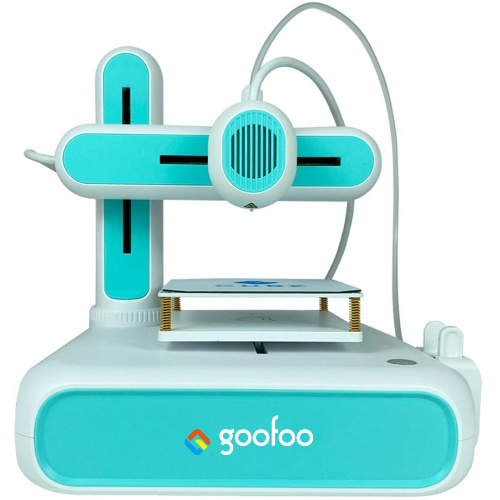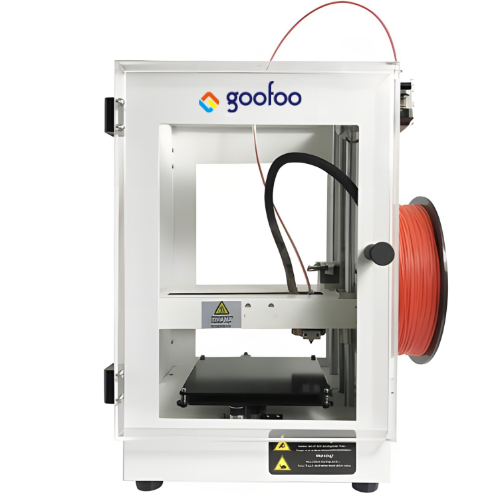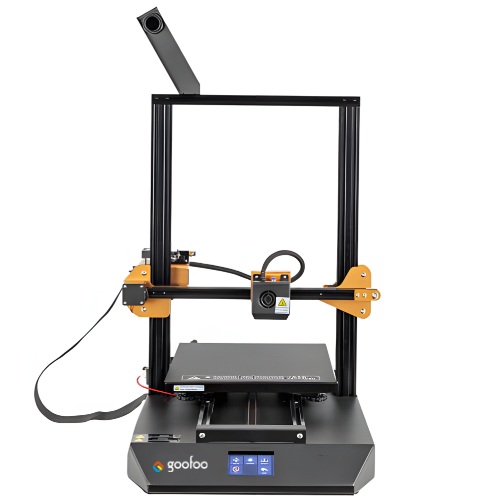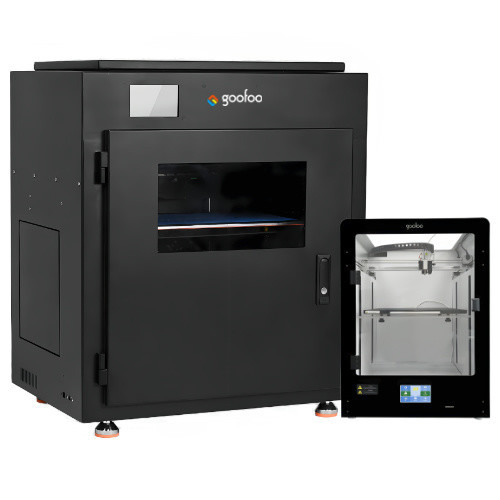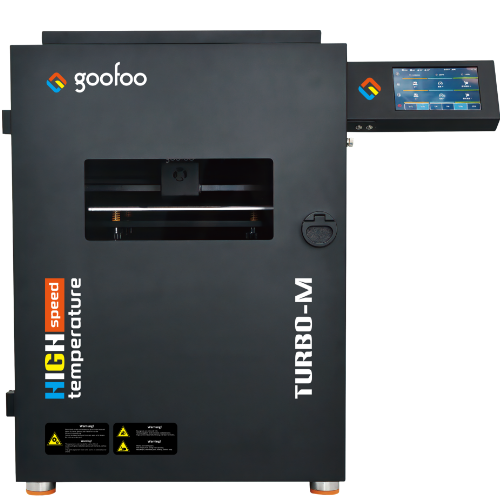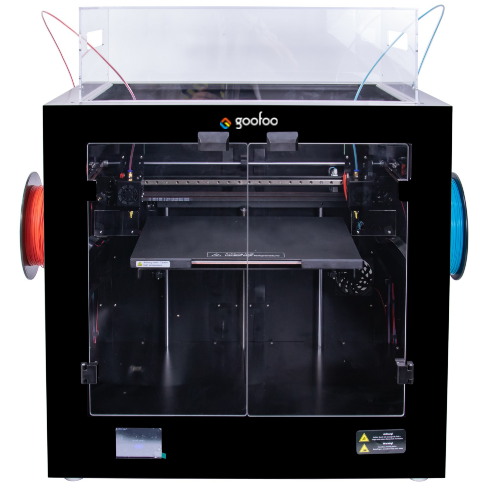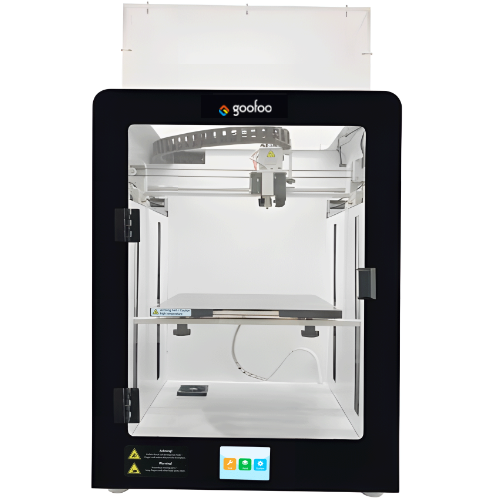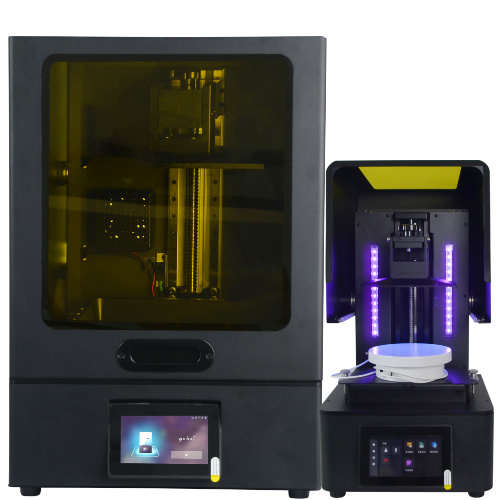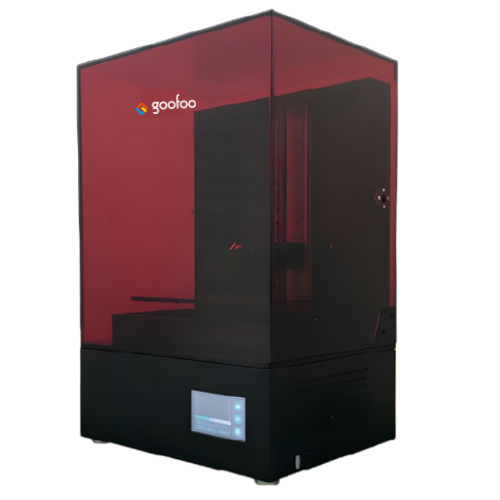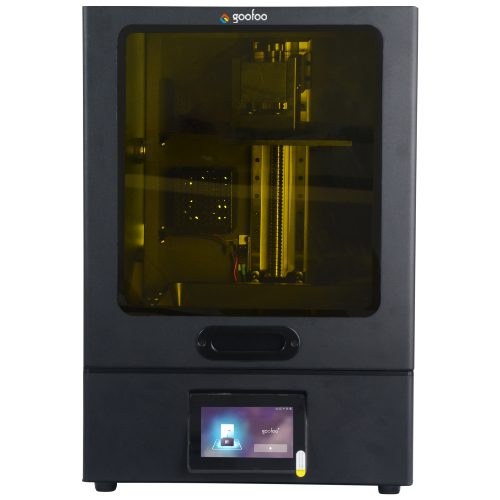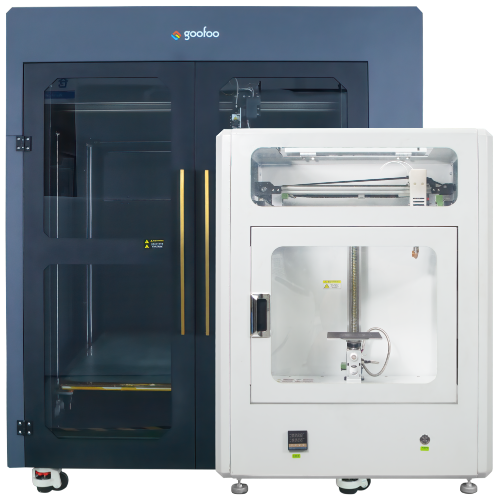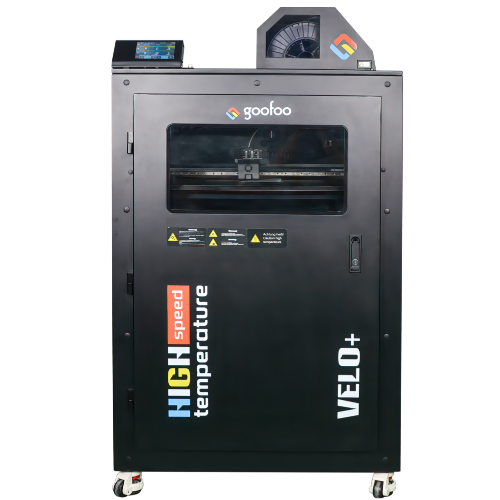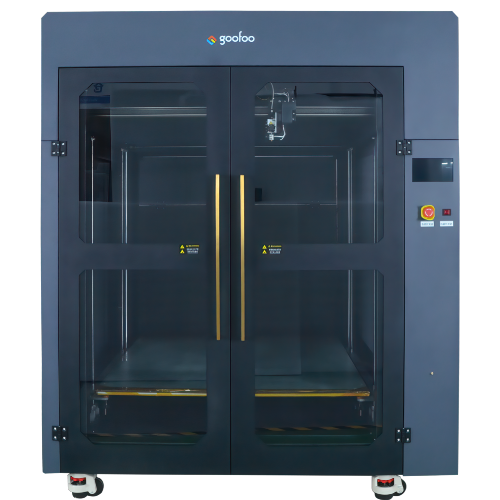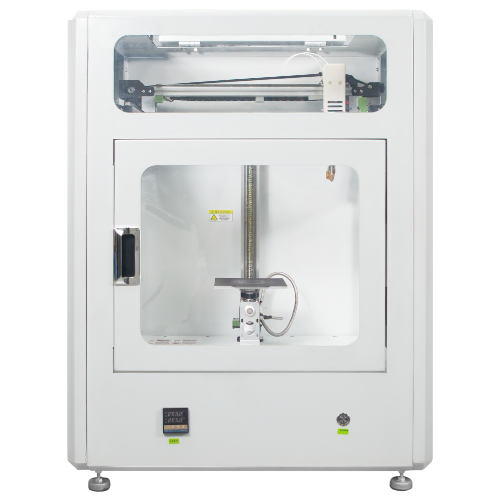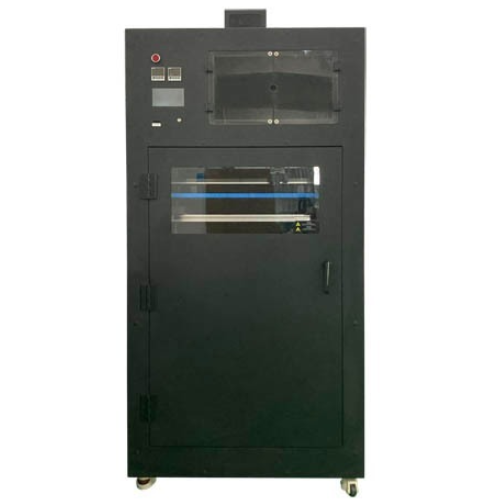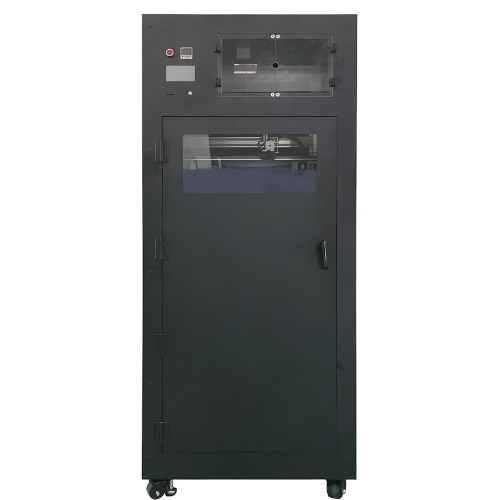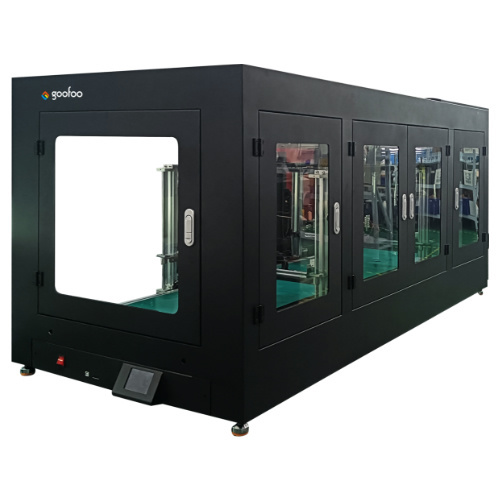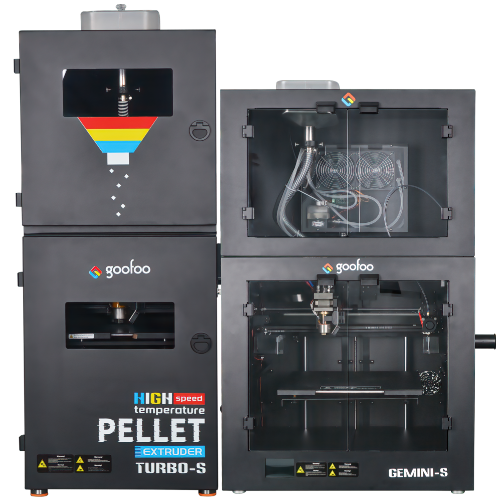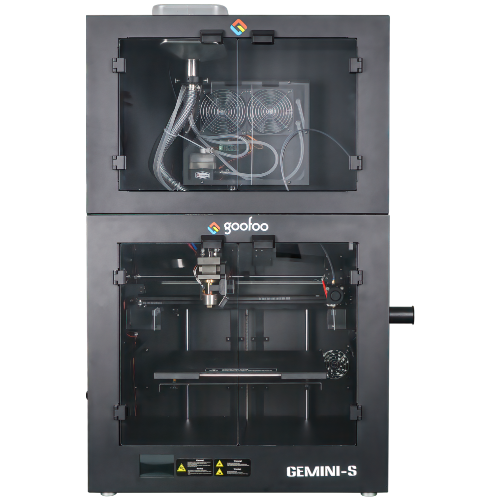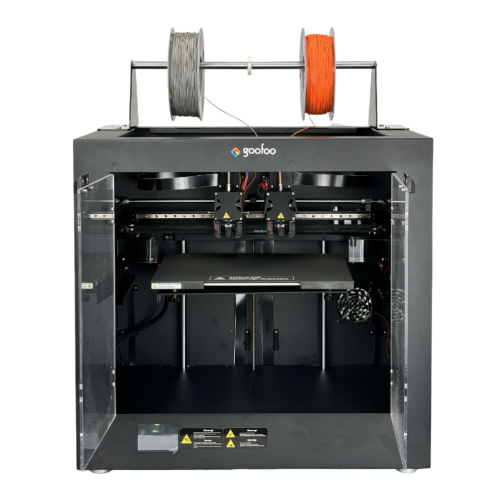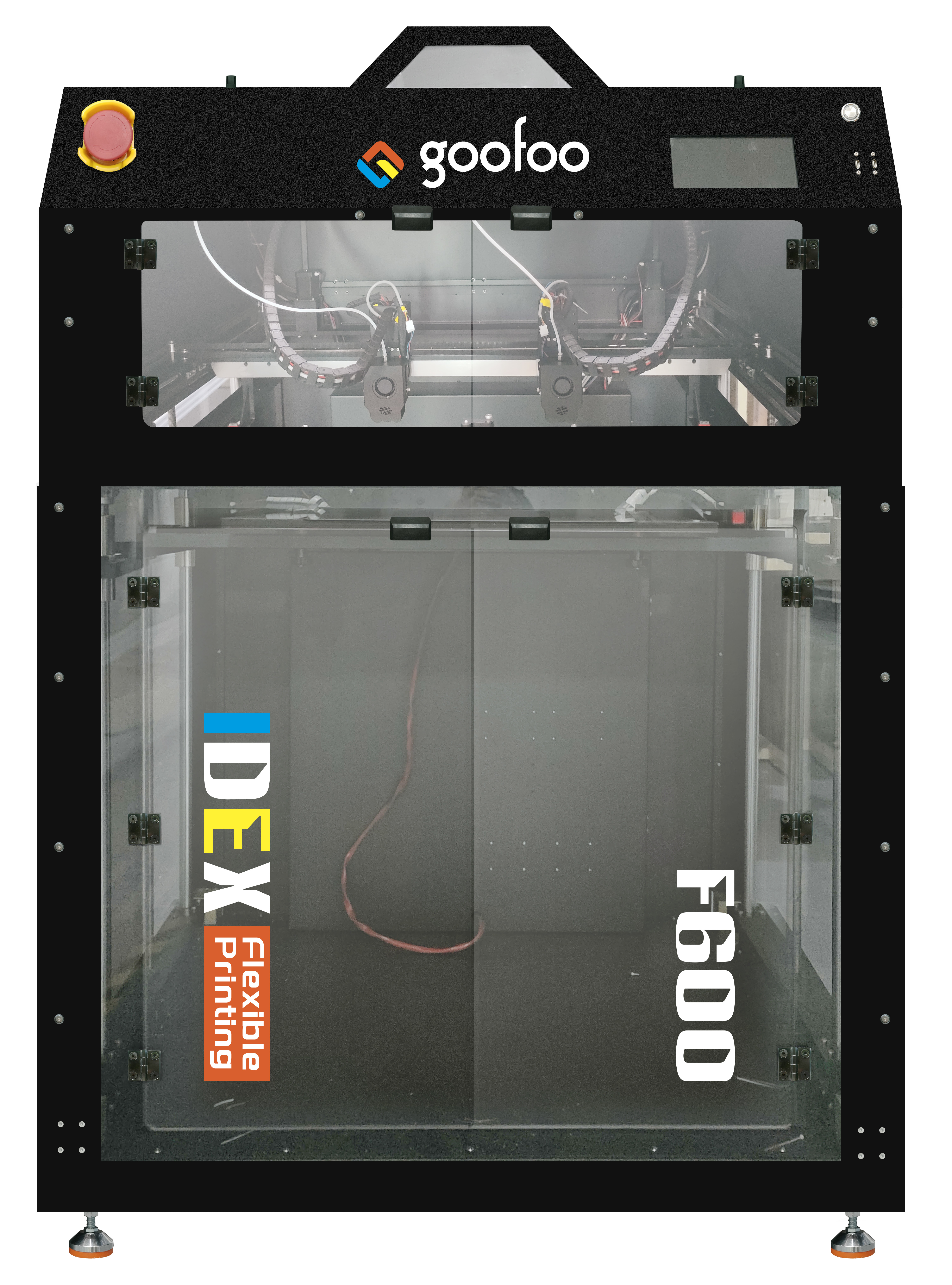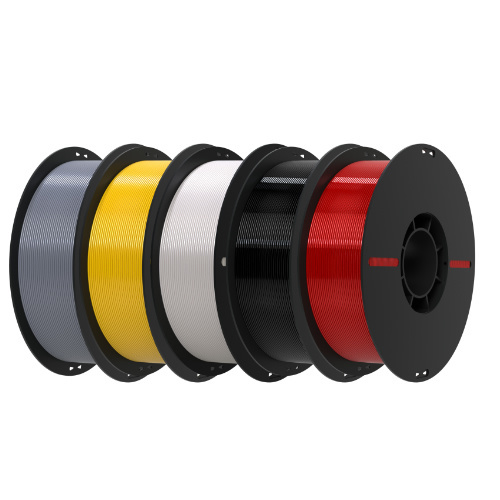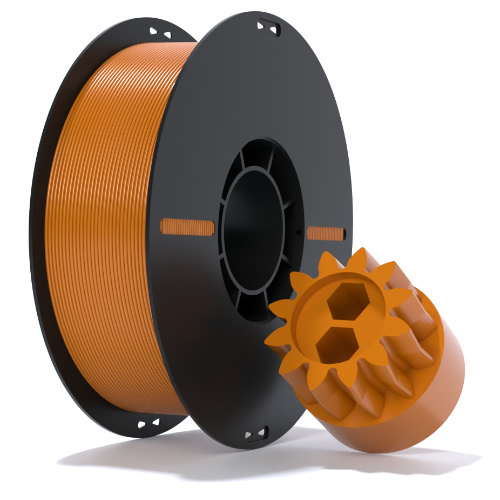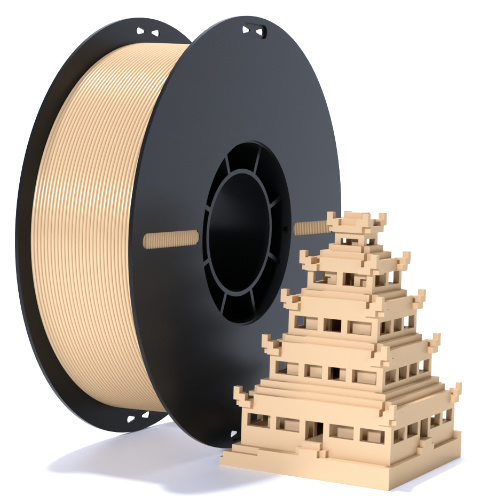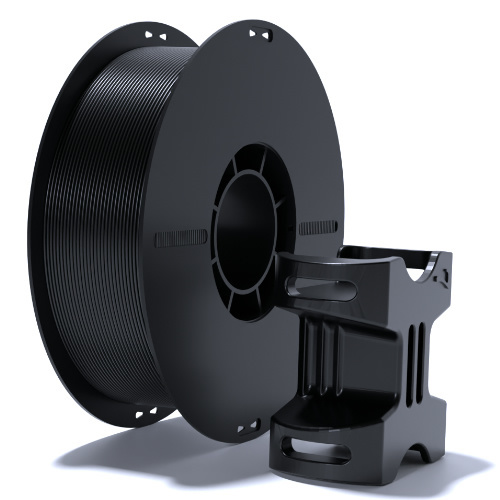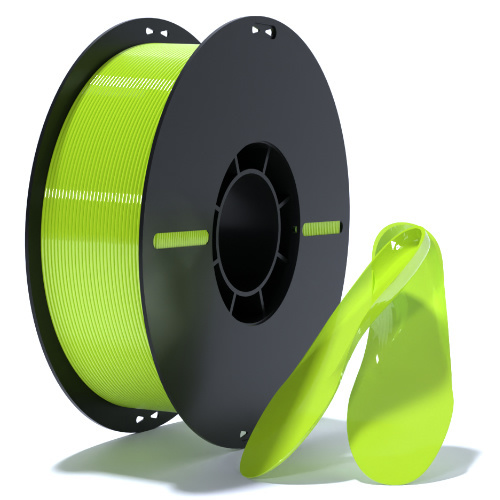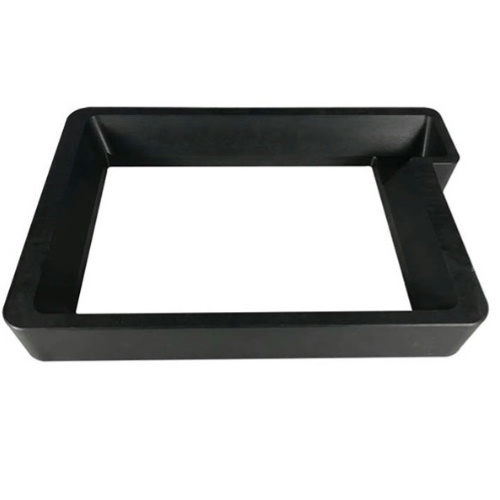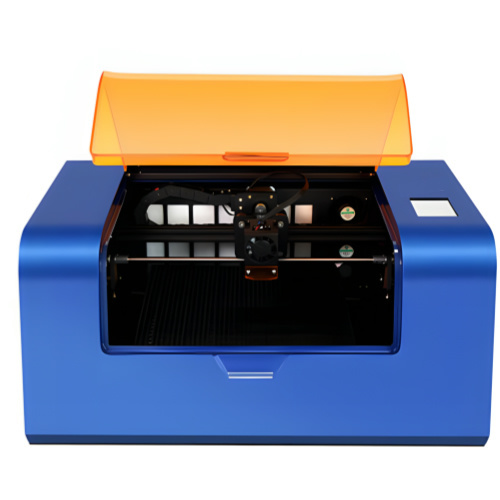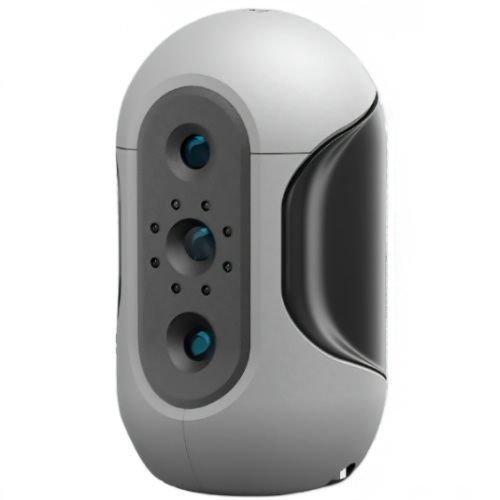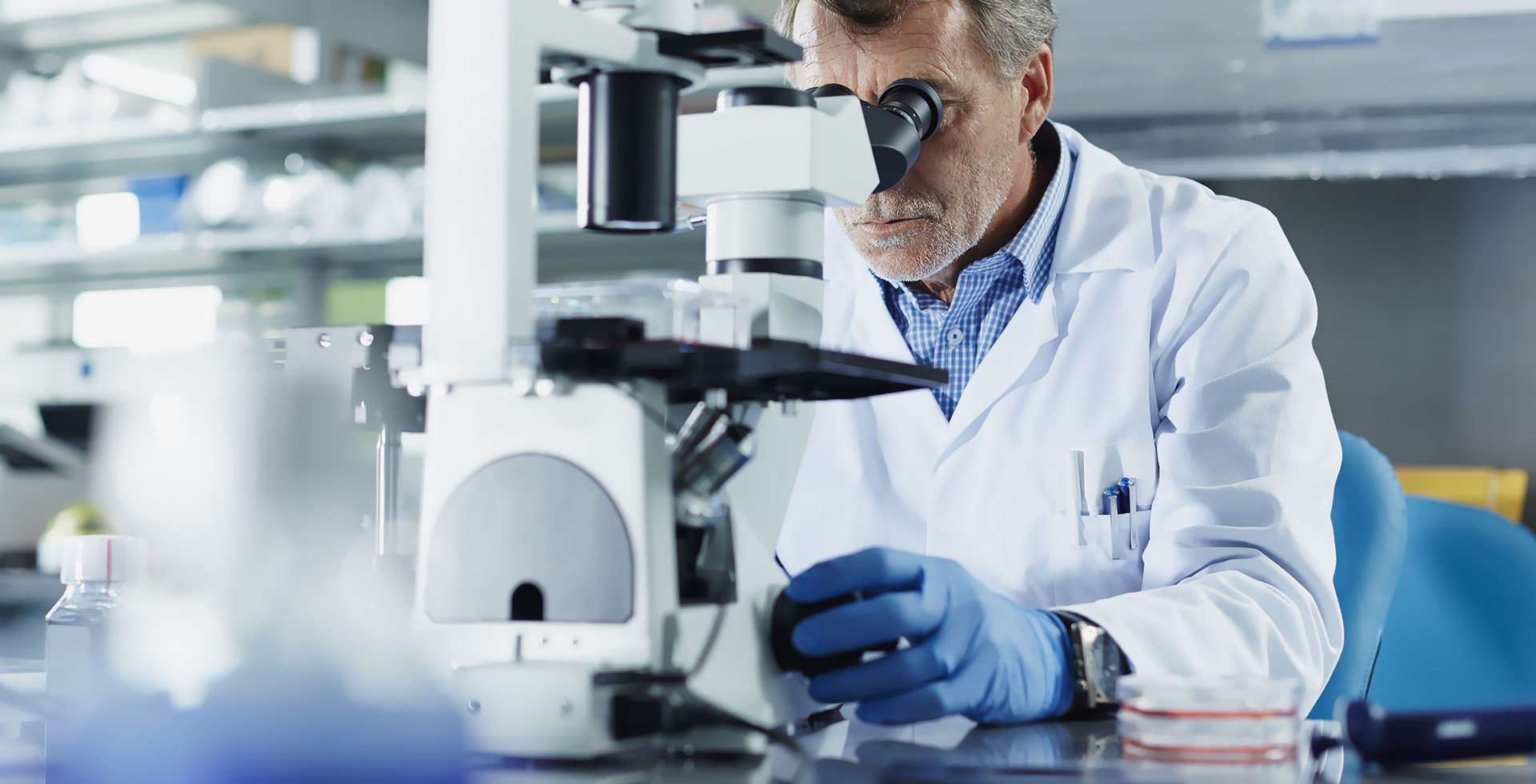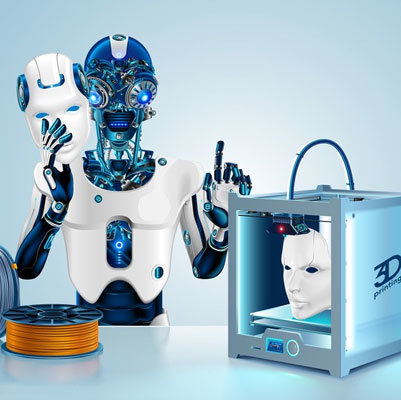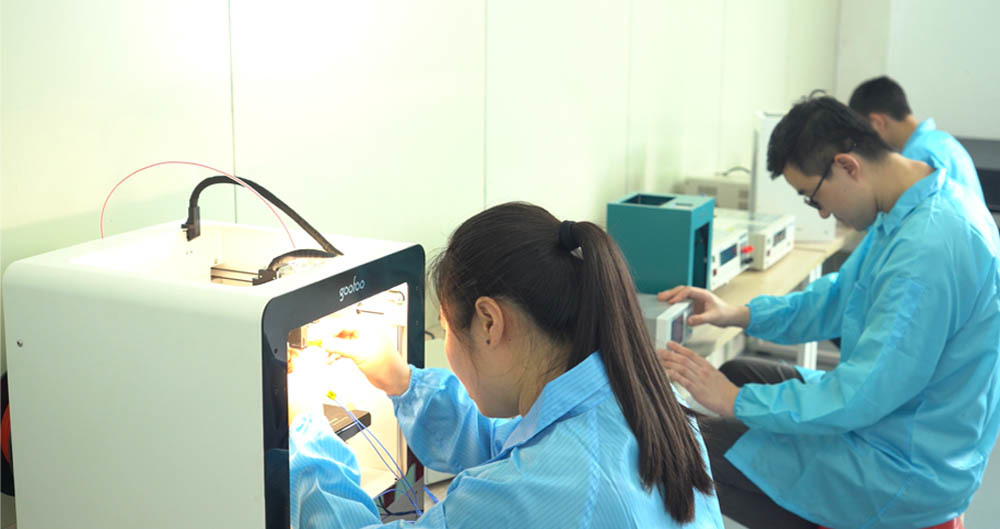All Categories
How to Enhance Print Quality with Advanced 3D Printer Materials
2023-10-05 11:00
Table of Contents:
1. Introduction
2. Understanding Advanced 3D Printer Materials
3. Benefits of Using Advanced 3D Printer Materials
4. Techniques for Enhancing Print Quality
5. Frequently Asked Questions (FAQs)
6. Conclusion
Welcome to a comprehensive guide on enhancing print quality with advanced 3D printer materials. In this article, we will explore the world of advanced materials and their impact on the quality of your 3D prints. Whether you are an experienced 3D printing enthusiast or a beginner, this guide will equip you with valuable insights and techniques to elevate your printing game.
Advanced 3D printer materials refer to a range of innovative filaments and resins specifically designed to enhance print quality. These materials offer improved mechanical properties, finer details, and enhanced surface finishes. They are often engineered to address common issues such as warping, stringing, and brittleness, which can affect the overall print quality.
Filaments are the most commonly used materials in 3D printing. Advanced filaments include options such as PLA+, ABS+, PETG, and nylon. These filaments provide better layer adhesion, reduced shrinkage, and increased durability compared to their standard counterparts. They offer a wider range of color options and are compatible with various types of printers.
Resins are used in resin-based 3D printers, also known as SLA or DLP printers. Advanced resins offer higher precision and smoother finishes. They are available in different formulations, including standard, flexible, and high-temperature variants. Resins with advanced properties can withstand extreme temperatures, making them suitable for functional prototypes and end-use parts.
Using advanced 3D printer materials provides a multitude of benefits. These materials offer superior print quality, allowing you to achieve intricate designs with finer details. Some key advantages of utilizing advanced materials include:
Advanced materials are engineered to be stronger and more durable than standard filaments. This ensures that your prints can withstand the rigors of real-world applications without compromising structural integrity.
Advanced materials contribute to smoother and more aesthetically pleasing surface finishes. This is particularly beneficial for prints that require high levels of detail or will be used in visual presentations or displays.
Advanced materials help reduce common printing issues such as warping and shrinkage, resulting in increased dimensional accuracy. This means that your prints will closely match the intended design, improving overall functionality.
By exploring advanced 3D printer materials, you gain access to a wider range of options. Different materials offer unique properties such as flexibility, transparency, or resistance to chemicals, allowing you to create prints tailored to specific applications.
To optimize print quality with advanced 3D printer materials, consider implementing the following techniques:
Each advanced material requires specific printing parameters for optimal results. Experiment with temperature settings, print speed, and layer height to find the ideal combination that maximizes print quality.
Retraction settings control the amount of filament retracted during non-printing moves, minimizing stringing and oozing. Fine-tuning these settings can significantly enhance print quality, especially when working with advanced filaments.
Using support structures is crucial when printing complex designs or overhangs. Advanced materials may require specific support structures to ensure successful prints and maintain overall print quality.
Post-processing techniques such as sanding, polishing, or applying surface treatments can further enhance the quality of your prints. These techniques help remove imperfections, improve surface finishes, and provide a professional look and feel.
Yes, advanced materials are compatible with most 3D printers. However, it is essential to check the specifications and recommendations provided by the manufacturer to ensure compatibility.
Generally, advanced 3D printer materials are slightly more expensive than standard filaments. However, the improved print quality and enhanced properties they offer justify the investment for many users.
While it is technically possible to mix materials, it is not recommended. Mixing materials can result in unpredictable print quality and may affect the desired characteristics of advanced materials.
In most cases, specialized equipment is not required. However, some advanced materials may have specific requirements, such as a heated bed or an enclosure, to achieve optimal results. Always refer to the manufacturer's guidelines when working with advanced materials.
Advanced 3D printer materials are available from various online retailers, specialty stores, and directly from manufacturers. Do thorough research and choose reputable suppliers to ensure the quality and authenticity of the materials.
By incorporating advanced 3D printer materials into your printing process, you can significantly enhance print quality. These materials offer improved mechanical properties, finer details, and smoother surface finishes. By understanding their benefits and implementing the appropriate techniques, you can take your 3D printing to new heights. Experiment, explore, and enjoy the possibilities that advanced materials bring to your creations.
1. Introduction
2. Understanding Advanced 3D Printer Materials
3. Benefits of Using Advanced 3D Printer Materials
4. Techniques for Enhancing Print Quality
5. Frequently Asked Questions (FAQs)
6. Conclusion
1. Introduction
Welcome to a comprehensive guide on enhancing print quality with advanced 3D printer materials. In this article, we will explore the world of advanced materials and their impact on the quality of your 3D prints. Whether you are an experienced 3D printing enthusiast or a beginner, this guide will equip you with valuable insights and techniques to elevate your printing game.
2. Understanding Advanced 3D Printer Materials
Advanced 3D printer materials refer to a range of innovative filaments and resins specifically designed to enhance print quality. These materials offer improved mechanical properties, finer details, and enhanced surface finishes. They are often engineered to address common issues such as warping, stringing, and brittleness, which can affect the overall print quality.
2.1 Filaments
Filaments are the most commonly used materials in 3D printing. Advanced filaments include options such as PLA+, ABS+, PETG, and nylon. These filaments provide better layer adhesion, reduced shrinkage, and increased durability compared to their standard counterparts. They offer a wider range of color options and are compatible with various types of printers.
2.2 Resins
Resins are used in resin-based 3D printers, also known as SLA or DLP printers. Advanced resins offer higher precision and smoother finishes. They are available in different formulations, including standard, flexible, and high-temperature variants. Resins with advanced properties can withstand extreme temperatures, making them suitable for functional prototypes and end-use parts.
3. Benefits of Using Advanced 3D Printer Materials
Using advanced 3D printer materials provides a multitude of benefits. These materials offer superior print quality, allowing you to achieve intricate designs with finer details. Some key advantages of utilizing advanced materials include:
3.1 Enhanced Durability
Advanced materials are engineered to be stronger and more durable than standard filaments. This ensures that your prints can withstand the rigors of real-world applications without compromising structural integrity.
3.2 Improved Surface Finish
Advanced materials contribute to smoother and more aesthetically pleasing surface finishes. This is particularly beneficial for prints that require high levels of detail or will be used in visual presentations or displays.
3.3 Increased Dimensional Accuracy
Advanced materials help reduce common printing issues such as warping and shrinkage, resulting in increased dimensional accuracy. This means that your prints will closely match the intended design, improving overall functionality.
3.4 Expanded Material Options
By exploring advanced 3D printer materials, you gain access to a wider range of options. Different materials offer unique properties such as flexibility, transparency, or resistance to chemicals, allowing you to create prints tailored to specific applications.
4. Techniques for Enhancing Print Quality
To optimize print quality with advanced 3D printer materials, consider implementing the following techniques:
4.1 Adjusting Printing Parameters
Each advanced material requires specific printing parameters for optimal results. Experiment with temperature settings, print speed, and layer height to find the ideal combination that maximizes print quality.
4.2 Fine-tuning Retraction Settings
Retraction settings control the amount of filament retracted during non-printing moves, minimizing stringing and oozing. Fine-tuning these settings can significantly enhance print quality, especially when working with advanced filaments.
4.3 Utilizing Support Structures
Using support structures is crucial when printing complex designs or overhangs. Advanced materials may require specific support structures to ensure successful prints and maintain overall print quality.
4.4 Post-processing Techniques
Post-processing techniques such as sanding, polishing, or applying surface treatments can further enhance the quality of your prints. These techniques help remove imperfections, improve surface finishes, and provide a professional look and feel.
5. Frequently Asked Questions (FAQs)
Q1: Can I use advanced 3D printer materials with any 3D printer?
Yes, advanced materials are compatible with most 3D printers. However, it is essential to check the specifications and recommendations provided by the manufacturer to ensure compatibility.
Q2: Are advanced materials more expensive than standard filaments?
Generally, advanced 3D printer materials are slightly more expensive than standard filaments. However, the improved print quality and enhanced properties they offer justify the investment for many users.
Q3: Can I mix advanced materials with standard filaments?
While it is technically possible to mix materials, it is not recommended. Mixing materials can result in unpredictable print quality and may affect the desired characteristics of advanced materials.
Q4: Do I need specialized equipment to print with advanced materials?
In most cases, specialized equipment is not required. However, some advanced materials may have specific requirements, such as a heated bed or an enclosure, to achieve optimal results. Always refer to the manufacturer's guidelines when working with advanced materials.
Q5: Where can I purchase advanced 3D printer materials?
Advanced 3D printer materials are available from various online retailers, specialty stores, and directly from manufacturers. Do thorough research and choose reputable suppliers to ensure the quality and authenticity of the materials.
6. Conclusion
By incorporating advanced 3D printer materials into your printing process, you can significantly enhance print quality. These materials offer improved mechanical properties, finer details, and smoother surface finishes. By understanding their benefits and implementing the appropriate techniques, you can take your 3D printing to new heights. Experiment, explore, and enjoy the possibilities that advanced materials bring to your creations.
3d printer material
Recommended News
language
English
العربية
বাংলাদেশ
Български
Hrvatski
Česky
Dansk
Nederland
 Esperanto
Esperanto
Slovenski
Filipino
Suomi
Français
Maori
 Shqiptare
Shqiptare
Georgian
 Euskara
Euskara
Deutsch
Ελλάδα
ישראל
इंडिया
Magyarország
Ísland
Indonesia
Irlanda
Italia
日本語
Sovensko
Հայաստան
한국
Kyrgyz
ປະເທດລາວ
 Zulu
Zulu
Latvian
Lithuanian
Luxembourgish
 Latinus
Latinus
Macedonian
Малайская
Maltese
Монгол улс
 Cymraeg
Cymraeg
ဗမာ
 தமிழ்
தமிழ்
नेपाल
Norge
ایران
Polska
Portugal
România
Российская
Србија
 Slovak
Slovak
Србија
 Slovak
Slovak
Bosanski
Slovenian
Беларус
España
Sverige
Точик
ประเทศไทย
Türk
Azərbaycan
Uzbek
 Afrikaans
Afrikaans
Việt Nam
Skype / WhatsApp: +86 592-5713513 / +86-13860126490
No.88-3, North Tongji Road, Xike County, Tong'an District, Xiamen, Fujian China
Xiamen Goofoo Technology Co., Ltd. All Rights Reserved 闽ICP备2022008070号-1 SEO 300.cn
Phone:+0086 592-5713513
Address: No.88-3, North Tongji Road, Xike County, Tong’an District, Xiamen, Fujian China
Email: sales@goofoo3d.com
We will give you feedback in time

